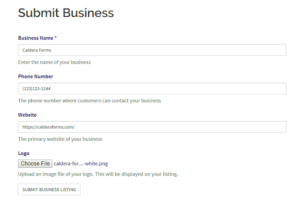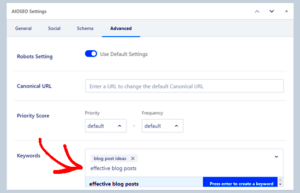When we’re diving deep into WordPress development, meta queries might sound like a complex term, but they’re pretty straightforward—and quite powerful! In essence, meta queries allow us to search for posts, pages, or custom post types based on their metadata. This gives developers the flexibility to filter content in a highly specific manner, making it easier to present tailored results.
For example, if you’re running an e-commerce site, you may want to show products based on custom attributes like price, size, or color. With meta queries, you can do just that. They empower developers to enhance user experience by utilizing the rich data stored in the post meta table of the database. Let’s explore how these queries work and how they can affect your site’s performance and functionality!
Understanding the WordPress REST API
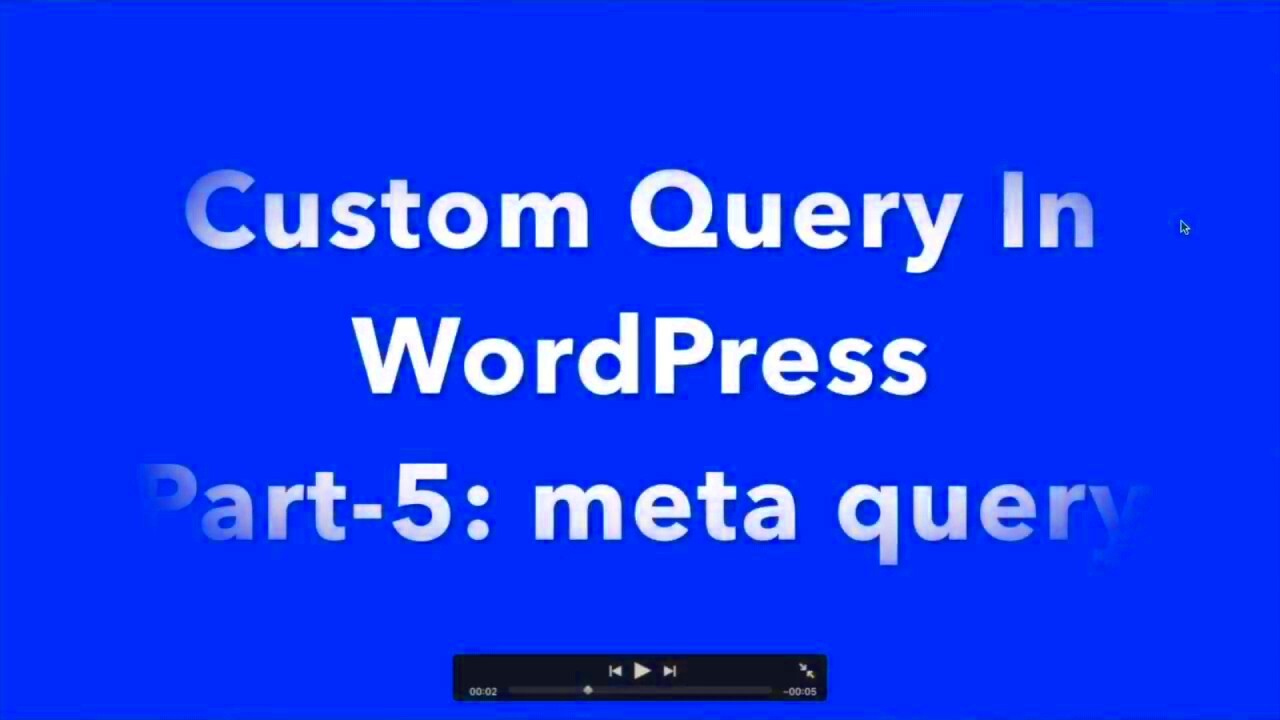
The WordPress REST API is a game-changer for developers, enabling seamless communication between your WordPress site and external applications or clients. Simply put, it allows you to interact with your
Here’s a quick rundown of what makes the REST API so valuable:
- Separation of Concerns: It decouples the front end from the back end, allowing developers to use frameworks like React or Angular to build dynamic interfaces.
- Accessibility: With RESTful conventions, third-party applications can easily access WordPress data. Whether it’s mobile apps or other web apps, integration is smoother.
- Performance Enhancements: By reducing database queries and centralized PHP processing, the REST API can lead to more scalable solutions.
In summary, the WordPress REST API unlocks a world of possibilities for developers and offers comprehensive control over how data is managed and presented. Understanding its interaction with meta queries will further enhance your ability to craft tailored solutions for your projects.
What Are Meta Queries?
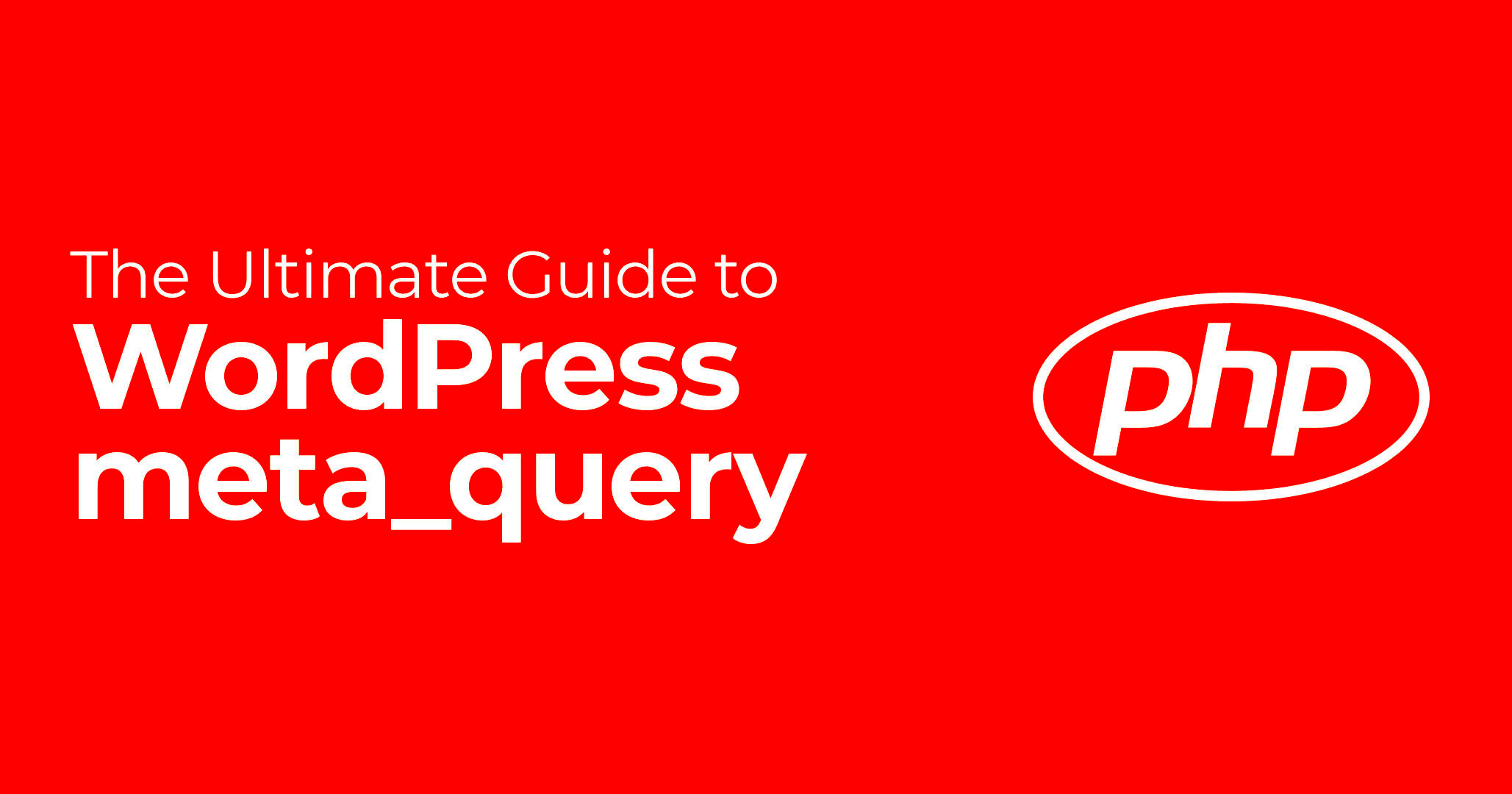
Meta queries are a powerful feature in WordPress that allow you to filter your content based on custom fields, often referred to as post meta. Imagine having a blog where you want to sort your posts not just by their titles or published dates, but by additional data you’ve stored about each post. This is where meta queries come in!
In simple terms, meta queries enable you to ask the database for specific information based on pieces of metadata you’ve attached to your posts. For instance, if you have a book review site, you might have custom fields for the author, genre, and published year. With meta queries, you can easily retrieve all books from a certain author or all thriller novels published after a specific year.
Meta queries use a syntax that involves retrieving data from the post meta table (wp_postmeta) and comparing it to specified parameters. The flexibility of meta queries is one of the reasons why developers love working with WordPress. Here’s a quick breakdown of some core components of meta queries:
- Meta Key: The name of the custom field you want to filter by.
- Meta Value: The actual value you’re looking for in that field.
- Compare: The operator that dictates how the meta value is compared (e.g., ‘=’, ‘!=’, ‘>’, ‘
So whether you’re looking to pull off a complex search or simply display content in a more tailored way, meta queries might just be your best friend in WordPress!
How Meta Queries Function in WordPress
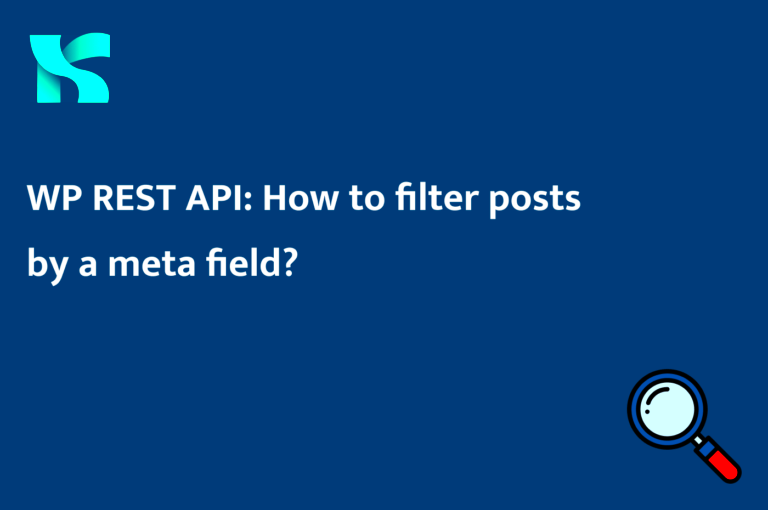
Understanding how meta queries function in WordPress helps you harness their full potential. When you use the WordPress REST API to make requests, meta queries can be passed in, allowing you to filter your results based on the custom fields you’ve set up in your posts.
To start using meta queries in WordPress, it’s essential to know how to structure them in your queries. Here are the fundamental steps:
- Setting Up Custom Fields: Before you can utilize meta queries, you need to have custom fields created for your posts. This can be done using plugins like Advanced Custom Fields (ACF) or manually using the meta box feature.
- Creating Your Query: When making a REST API request, you’ll structure your query to include your meta query parameters. For example, if you’re using the WP_Query class, your meta query might look something like this:
$meta_query = array( 'relation' => 'AND', array( 'key' => 'author', 'value' => 'John Doe', 'compare' => '=' ), array( 'key' => 'genre', 'value' => 'Thriller', 'compare' => '=' ),);- Executing the Query: After setting up your meta query, run your query to fetch the posts that align with your criteria. The results will be filtered based on the values you’ve specified.
While the functionality of meta queries can seem daunting at first, the ability to dynamically pull in and display your data based on user-defined parameters opens up a world of possibilities. Whether you’re developing a custom theme or plugin, implementing meta queries can truly elevate the way content is displayed and interacted with on your WordPress site.
Implementing Meta Queries in the REST API

Implementing meta queries in the WordPress REST API can be a powerful way to filter your data based on custom field parameters. Imagine having a treasure trove of post data, but only wanting to uncover the gems that meet certain custom conditions. That’s where meta queries come into play! Whether you’re searching for posts that share a specific tag or want to retrieve only those with a particular custom field, leveraging meta queries lets you hone in on precisely what you need.
To effectively implement meta queries, you’ll typically want to use the `meta_query` parameter in your REST API requests. Here’s how you can do just that:
- Create a Custom REST Endpoint: Before you dive into creating meta queries, it’s handy to define a custom REST endpoint if you’re looking for data beyond the default endpoints.
- Structure Your Meta Query: Your query structure will usually involve an array of arrays. Each sub-array contains parameters like key, value, and compare. For instance:
array( 'key' => 'custom_field', 'value' => 'desired_value', 'compare' => '=')
If you’re handling multiple conditions, remember to wrap the arrays in another array for better grouping, like using ‘relation’ to establish whether all conditions should be satisfied or just one.
Once you’ve set up your endpoint and structured your meta queries, you’ll run a standard GET request. But don’t forget to check permissions and sanitization to keep your data secure!
Testing Meta Queries with the WordPress REST API
Alright, you’ve created your meta queries, and now it’s time to test them out. Testing is crucial because, let’s be honest, there’s nothing worse than assuming everything’s perfect and then finding errors in production! So, how do you effectively test your meta queries? Here’s a step-by-step approach:
- Use REST API Client Tools: Tools like Postman or Insomnia can be incredibly useful. These applications allow you to make GET requests to your custom endpoints easily and inspect the response data.
- Craft Your Requests: When forming your requests, you can include your meta query parameters directly. For instance:
GET /wp-json/wp/v2/posts?meta_query[0][key]=custom_field&meta_query[0][value]=desired_value
Adjust your parameters as needed to cover various scenarios like testing for missing data or incorrect values.
- Check Response Codes: Observe the HTTP response codes. A 200 OK indicates success, but always pay attention to others like 404 Not Found or 400 Bad Request which indicate issues.
- Validate the Returned Data: Look through the returned data to ensure it matches your expectations. Are all posts returned? Are there any that shouldn’t be there? Make necessary adjustments to your queries based on what you find!
Finally, logging is your friend! If something goes wrong, having logs will make troubleshooting a lot more straightforward. Happy querying!
Common Issues and Troubleshooting
When working with Meta Queries in the WordPress REST API, you might run into a few common issues. But don’t worry; troubleshooting is often straightforward once you know what to check. Here are some common hiccups and how to resolve them:
- Missing Meta Key Data: One of the most prevalent issues is that your meta queries may return no results. This usually occurs if the meta keys you’re querying do not exist in your database. Double-check the keys you are using in your query.
- Incorrect Query Structure: Always ensure that your meta query is structured correctly. An invalid structure can lead to errors or empty results. Make sure to follow the JSON format required by the REST API.
- Permission Issues: If your API request isn’t returning the expected data, consider checking user permissions. Ensure that the user roles have the appropriate permissions to see the meta data you’re querying.
- Conflicts with Plugins: Certain plugins might conflict with your meta queries, especially if they modify or filter queries programmatically. Try disabling conflicting plugins to see if the problem persists.
- Server-Side Caching: Sometimes server caching can return outdated data. Check if you have caching plugins or server-level caching that might affect your results.
- Debugging Options: Utilize the WP_DEBUG mode in your `wp-config.php` file. This option helps reveal PHP errors and notices that can assist in diagnosing issues with your queries.
By identifying and addressing these issues, you should have a much smoother experience using Meta Queries in the WordPress REST API.
Performance Considerations
When utilizing Meta Queries in the WordPress REST API, it’s essential to consider the potential performance implications. Here’s an overview of what you should keep in mind:
- Query Complexity: The more complex your meta queries (especially when combining multiple conditions), the heavier the load on your database. Aim to keep your queries as simple as possible to improve performance.
- Data Size: Large datasets can significantly slow down API responses. If you have extensive post meta data, consider paginating your queries or limiting the number of returned results.
- Indexing: Ensure that your meta keys are indexed. Without proper indexing, database lookups for meta data can become slow. You can do this through custom SQL or utilizing plugins that help with database optimization.
- REST API Authentication: Keep in mind that authenticated requests (such as those using OAuth) might add overhead compared to unauthenticated requests. The type of authentication you choose can affect your API performance.
- Caching Strategies: Implement caching strategies to reduce the load on your server and database. Using HTTP caching can significantly improve the performance of your API responses.
- Load Testing: Before deploying your application, consider load testing your meta queries to understand how they behave under different conditions. This practice can help identify bottlenecks and inform optimization efforts.
By being mindful of these performance considerations, you can ensure that your application using the WordPress REST API runs efficiently and provides a smoother user experience.
9. Best Practices for Using Meta Queries
When dealing with meta queries in the WordPress REST API, it’s essential to follow a few best practices to ensure efficient performance and accurate results. Using meta queries can be powerful, but if not used correctly, they can lead to slow response times or even unexpected results. Here are some best practices to keep in mind:
- Use Indexes Wisely: Meta data is stored in the `wp_postmeta` table, which can become large and unwieldy. Indexing the meta key column can significantly enhance the performance of your queries. Make sure to create custom indexes where appropriate.
- Limit the Number of Meta Queries: Try to minimize the number of meta queries you use in a single request. Instead of chaining multiple meta queries together, consider whether you can achieve your goal with fewer queries.
- Utilize Transients: If your data doesn’t change frequently, consider caching your results with transients. This can reduce the load on your database and improve response times.
- Filter and Sanitize Input: Always make sure to sanitize and validate any input parameters used in your meta queries. This helps protect against SQL injection attacks and ensures that your queries return accurate results.
- Be Textual in Your Keys: Use descriptive and meaningful keys for your meta data. This not only helps with readability but also improves maintainability when you revisit your code later.
- Use WP_Query When Possible: Whenever you can, leverage `WP_Query` instead of directly manipulating the database. This built-in class is optimized for WordPress and can handle a variety of scenarios out of the box.
Following these best practices will help you to effectively use meta queries in the REST API while ensuring that your application remains fast and secure.
10. Conclusion
In conclusion, using meta queries in the WordPress REST API can expand your capabilities tremendously, allowing you to fetch precisely the data you need. However, it’s crucial to wield this power wisely. While meta queries can enable complex data retrievals, they come with their own set of challenges and performance implications.
Throughout this discussion, we’ve explored the usability of meta queries, their limitations, and best practices that can streamline their effectiveness. Adopting a thoughtful approach to employing meta queries can make a world of difference. By adhering to best practices like caching, sanitization, and minimizing database load, you can create a more robust and responsive API for your applications.
Remember, if you are experiencing performance issues with meta queries, it might be worth exploring alternative strategies, such as restructuring how your data is stored or rethinking your query logic. And, of course, continually testing and profiling your API will help you identify potential bottlenecks over time.
Ultimately, when used correctly, meta queries can be a fantastic addition to your WordPress development toolkit. Armed with the right knowledge and practices, you can leverage them effectively and offer a seamless user experience.


